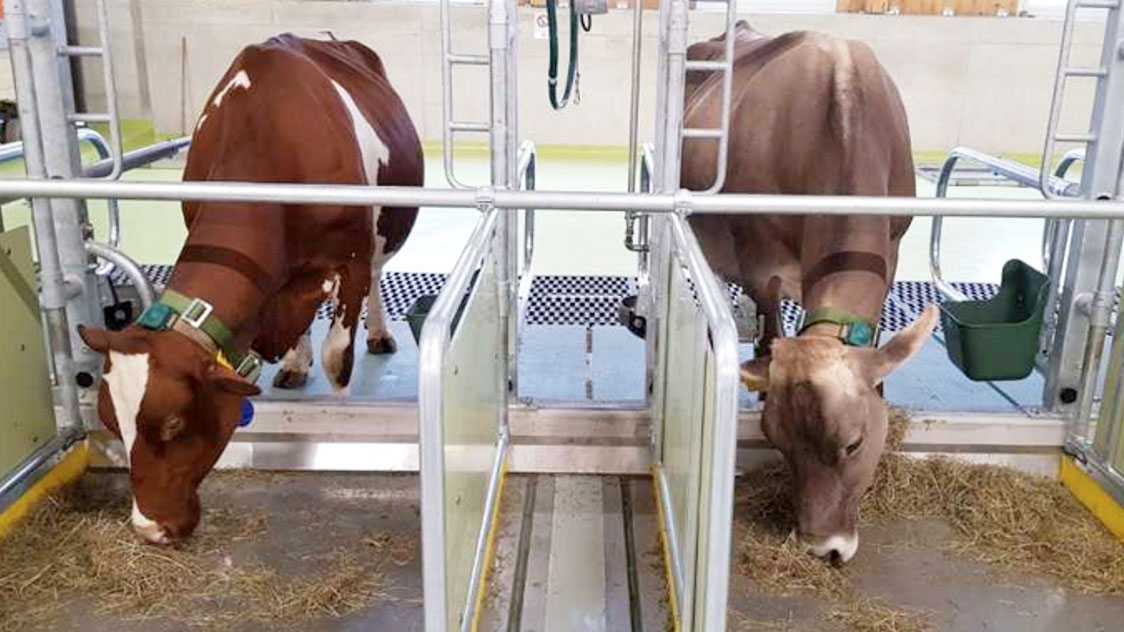Animal Sciences
The focus in the major Animal Sciences is on the study of livestock. The students gain a broad knowledge on the interaction between feeds, animals and the environment.

The major Animal Sciences consists of biology, genetics, breeding, physiology, nutrition, health, husbandry and behaviour of farm animals and wildlife. It covers different topics relevant at the cell, animal, farm, national and global levels, thus ensuring a comprehensive education for a career both in Switzerland and abroad. Subjects in Animal Sciences address different scales ranging from cellular and molecular mechanisms to the management of entire animal populations.
- Major Animal Sciences (40 CP)
The major defines the specific subject and is divided into disciplinary and methodological competence fields. The specialised knowledge is summarised in the disciplinary competence field (DK) and the analytical-quantitative education and communication & presentation/technical skills are subsets of the methodological competence field (MK).
- DK: Livestock Systems (≥ 10 CP)
- DK: Livestock Biology (≥ 7 CP)
- DK: Livestock Genetics (≥ 3 CP)
- MK: Methods for Scientific Research (≥ 5 CP)
- MK: Project Management in Scientific Research (≥ 5 CP)
- DK: Livestock Systems (≥ 10 CP)
- 1st Minor (10 CP)
The minor consists of courses within or outside the selected major. The 11 minors available range from thematic foci on agricultural economics and policy, to plant, soil or animal sciences.
- Electives or 2nd Minor (10 CP)
Students can choose a second minor or electives.
- Internship (30 CP)
- Master thesis (30 CP)
- Research associate at a research institute or university in Switzerland and abroad
- Expert position in competence centers for livestock improvement including breeding associations and artificial insemination centers
- Lecturer at a vocational college or university of applied science
- Expert adviser at an organisation for national politics and interna- tional cooperation
- Team leader of production guidelines for feed and food producing companies
- Research assistant in the marketing department of a major supermarket chain
- Consultant in the public or private agricultural sector
- Journalist at an agricultural magazine
- Effect of dietary rumen-protected n-3 and n-6 fatty acids on fatty acid profiles of bovine tissues
A differential allocation of n-3 (omega-3) fatty acids, considered particularly va-luable in human nutrition, to organs and tissues illustrated a different demand for these fatty acids, whereas no such differentiation occurred with the less desired n-6 fatty acids.
- Intramammary pressure and udder firmness during milk ejection and dry-off
The non-invasive dynamometer measurement, a simple and convenient method for measuring udder firmness, showed to be effective and may be implemented to assess the risk of intramammary infection at dry-off.
Contact
General information: Emma Lindberg
Specific content related information: Hubert Pausch
Further details: Download Major in Animal Sciences (PDF, 425 KB)